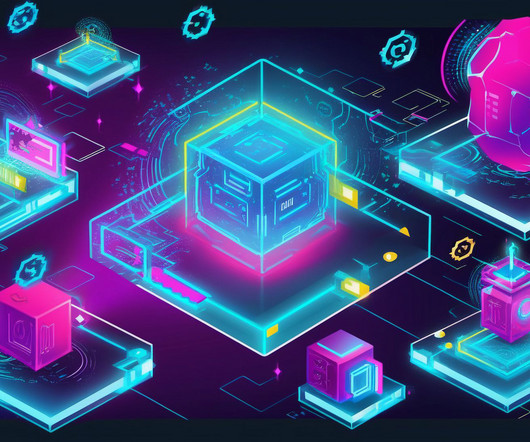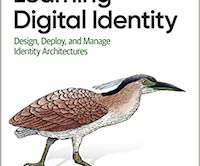Generative AI: the Shortcut to Digital Modernisation
CIO Business Intelligence
DECEMBER 20, 2023
Faster app development: By leveraging Generative AI, companies can automate documentation generation, improve software reusability, and seamlessly integrate AI functions such as chatbots and image recognition into low-code applications. A poorly structured approach to application modernisation also potentially leads to data breaches.
























Let's personalize your content